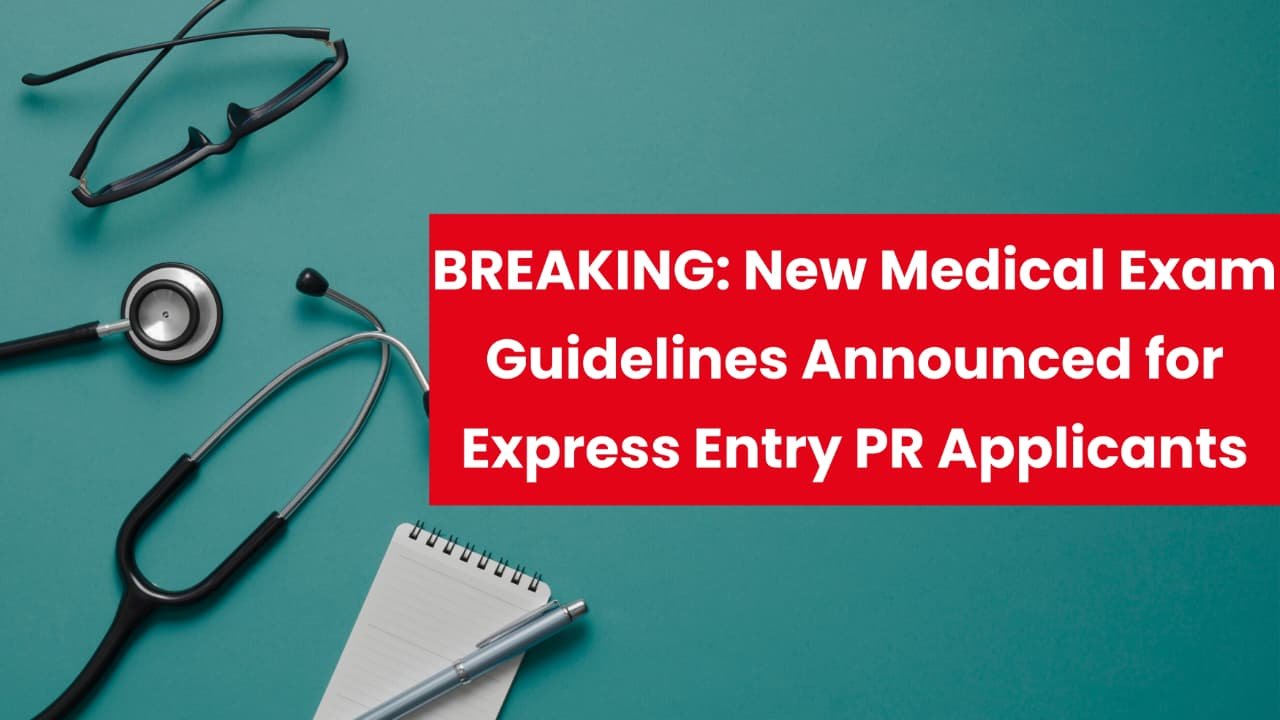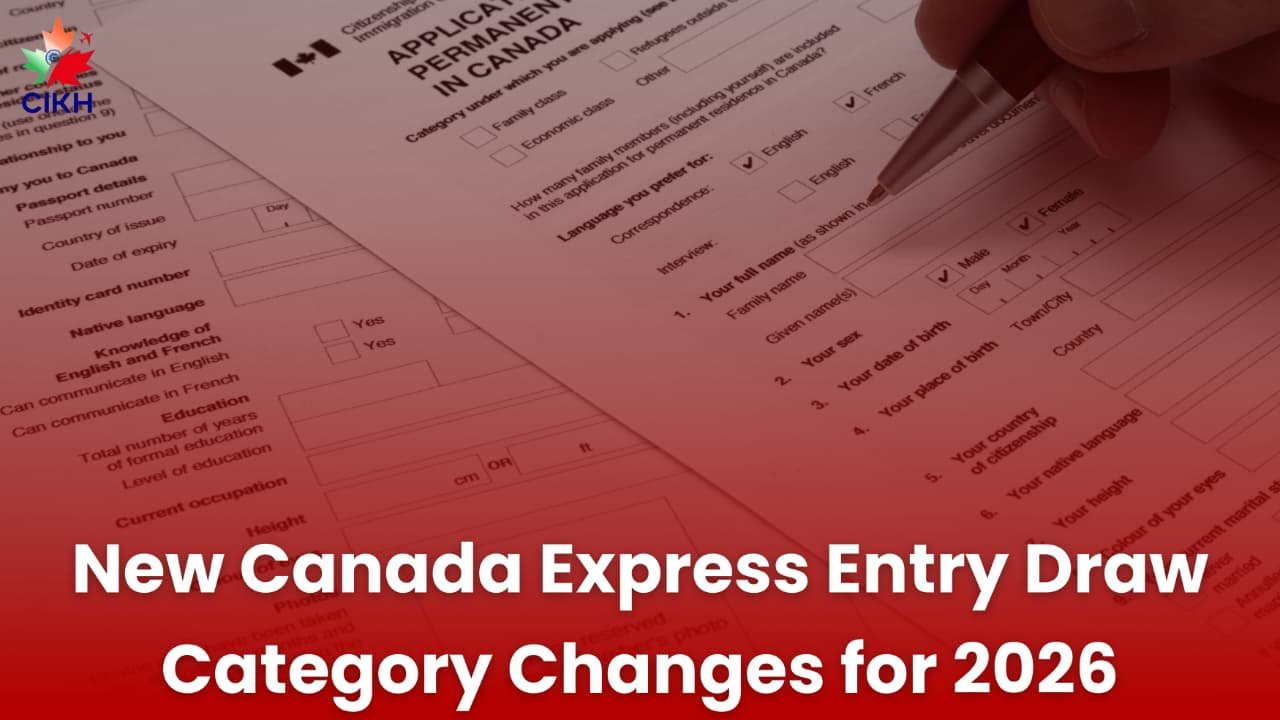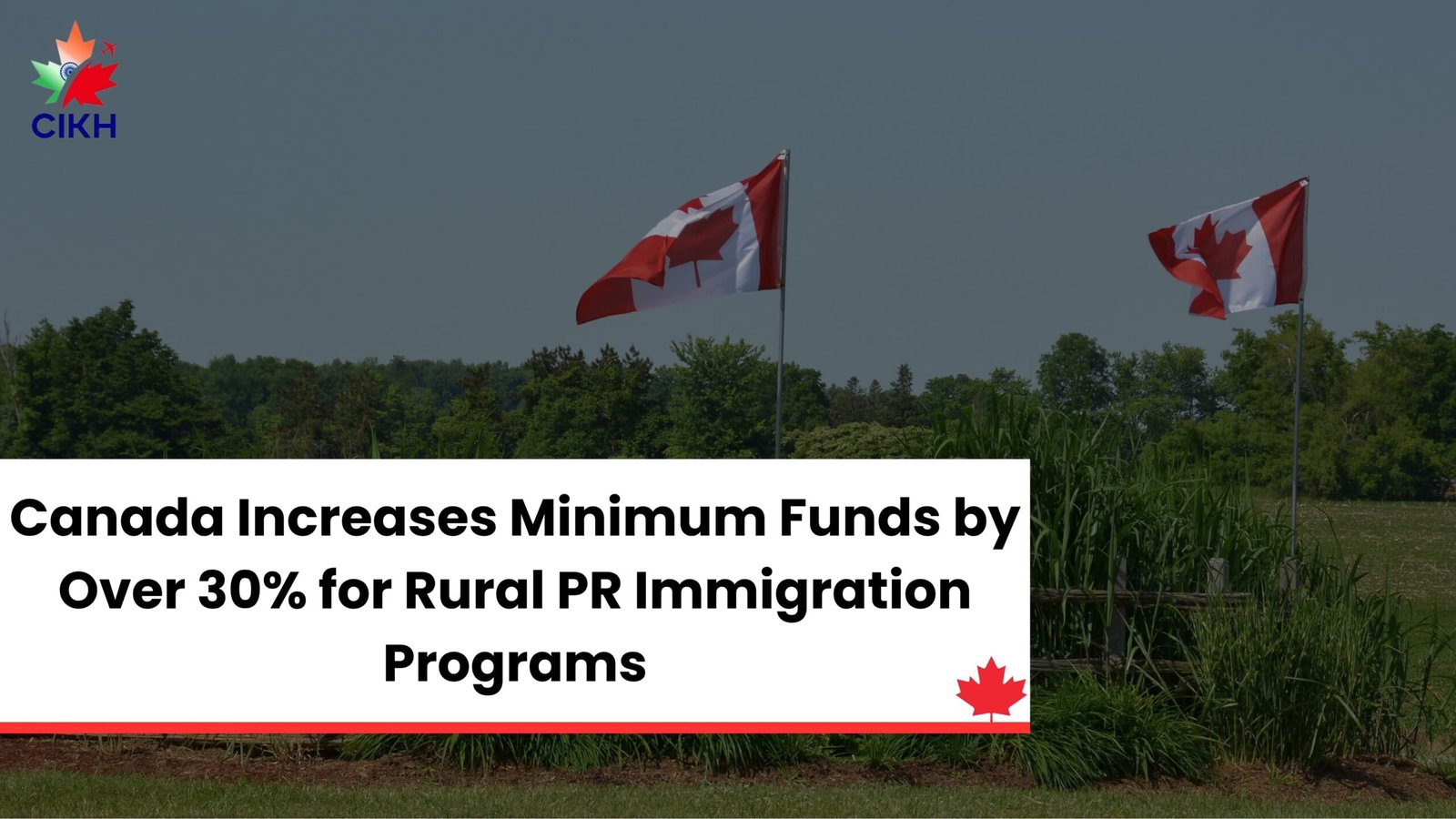Canada remains one of the most attractive destinations for immigrants seeking a better quality of life. Its strong economy, inclusive society, and multiple immigration pathways make it a top choice for skilled workers, especially in the healthcare and childcare sectors.
Two increasingly popular routes to permanent residency (PR) are through short-term programs like Personal Support Worker (PSW) and Early Childhood Educator (ECE). However, a common myth persists: that completing these courses alone guarantees PR. In reality, these programs are only the first step.
With growing demand for PSWs and ECEs across Canada, especially due to an aging population and expanding childcare needs, these roles are prioritized in several immigration programs. But success requires a strategic combination of education, work experience, and informed planning.
Book Your Consultation for Canadian Immigration
This guide breaks down the process, dispels myths, and outlines actionable steps to help you achieve PR through the PSW and ECE routes.
Why PSW and ECE Roles Are in Demand
Canada faces serious labour shortages in healthcare and childcare, driven by:
- An aging population: By 2030, over 25% of Canadians will be 65 or older, fueling the need for PSWs.
- Childcare expansion: Urban areas like Toronto and Vancouver are investing in early childhood education, increasing demand for ECEs and assistants.
These roles are classified under the following NOC codes:
- PSW: NOC 33102 (nurse aides) and 44101 (home support workers)
- ECE: NOC 42202 (early childhood educators and assistants)
Step 1: Choose the Right PSW or ECE Program
PSW Programs
PSW programs train you to assist seniors, the chronically ill, or those with disabilities. These typically last around 6 months and are offered by:
- Pharma Medical Science College of Canada – Strong PSW curriculum with job placement assistance.
- NBBT College (New Brunswick) – Regionally focused programs with local employment pathways.
Key Benefits:
- No study permit required (for programs under 6 months)
- Job-ready training for NOC 33102 and 44101 roles
- Direct alignment with PR pathways like Express Entry and the HCWIP
ECE Programs
ECE programs prepare students to support children’s learning and development in daycare and preschool settings.
Top colleges include:
- Seneca Polytechnic (Ontario) – Flexible ECEA certifications
- Douglas College (BC) – Programs that lead to full licensure
Key Benefits:
- Fast entry into the workforce (6-month ECEA certificates)
- Clear path to licensure
- Priority under BC and Ontario PNP streams
Tip: Choose accredited programs recognized by provincial authorities to qualify for specific PNPs.
Step 2: Gain Relevant Work Experience
Completing a course isn’t enough—you must work in qualifying NOC roles to be eligible for PR.
For PSWs
Target roles under:
- NOC 33102 – Nurse aides, orderlies
- NOC 44101 – Home support workers
Work Experience Needed:
- 6 months: For the Home Care Worker Immigration Pilot (starting March 31, 2026)
- 1 year: For Express Entry (CEC category)
For ECEAs
Aim for:
- NOC 42202 – Early childhood educators and assistants
Work Experience Needed:
- 6 months: For the Home Child Care Provider Pilot
- 1 year: For Express Entry or some PNPs
Job Search Tips:
- Use platforms like Job Bank, LinkedIn, WorkBC
- Attend college career fairs
- Focus on regions with high demand like Ontario, New Brunswick, or BC
Important: Keep detailed proof of work (letters, contracts, pay stubs) for your PR application.
Step 3: Explore Permanent Residency (PR) Pathways
1. Express Entry (Canadian Experience Class)
Best for those with at least 1 year of Canadian work experience in TEER 0, 1, 2, or 3 roles.
Eligibility:
- 1 year of relevant work experience
- CLB 7 (or higher) in English/French
- Competitive CRS score (recent healthcare draws required CRS 510+)
Strategy:
- Improve language scores (CLB 9+ boosts CRS)
- Add more Canadian work experience
- Get an Educational Credential Assessment (ECA) if you studied outside Canada
2. Home Care Worker Immigration Pilot (HCWIP)
Launching in 2026, this LMIA-exempt program is ideal for PSWs and ECEAs.
Eligibility:
- 6 months of work experience or training in home care
- CLB 4+
- Canadian high school equivalent
- Full-time job offer (outside Quebec)
Note: Spots are limited—apply early!
3. Provincial Nominee Programs (PNPs)
Several provinces offer targeted streams:
- Ontario: In-Demand Skills Stream (CLB 4+, job offer in NOC 33102 or 42202)
- British Columbia: Skills Immigration for ECEs
- Alberta and New Brunswick: Prioritize healthcare and childcare roles
Tip: Use college connections to secure job offers—many PNPs require employer support.
4. Rural and Northern Immigration Pilot (RNIP)
Communities like Thunder Bay, Brandon, and Timmins seek PSWs and ECEAs.
Eligibility:
- 1 year of work in an in-demand occupation
- CLB 4–6
- Job offer from a participating employer
Advantage: Less competition than Express Entry, community-based support
Step 4: Maximize Your PR Chances
To improve your application:
- Boost Language Proficiency: Aim for CLB 7 or above (CLB 9+ recommended for Express Entry)
- Get an ECA: Have your foreign education assessed through WES or other IRCC-approved organizations
- Secure a Job Offer: Use college job services and local employer directories
- Gain Work Experience: 1–2 years significantly improves eligibility across programs
- Use College Support: Many schools offer help with job search, language prep, and immigration paperwork
Common Myths Debunked
- Myth: A PSW/ECE certificate guarantees PR
Fact: You must meet additional work and eligibility criteria. - Myth: A study permit is needed for short programs
Fact: Not for programs under 6 months (can be taken while on a work permit). - Myth: PR is a simple, one-step process
Fact: It’s competitive—success requires planning and preparation.
Final Thoughts
The PSW and ECE pathways offer real opportunities for Canadian permanent residency—but only with the right preparation.
Start now: Choose a recognized program, gain relevant experience, and explore immigration options like Express Entry, HCWIP, PNPs, or RNIP.
With careful planning and the right credentials, your journey to Canadian PR can become a reality.
Ready to begin? Enroll in a PSW or ECE program, apply for jobs, and prepare for the 2026 HCWIP intake.
Your Canadian dream starts today.





